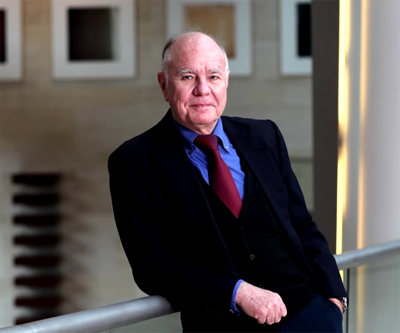
After a one-day leg down to six-year lows, the gold market is now taking the first US interest rate hike in nine years as a positive.
On Monday gold futures with February delivery dates gained 1.5% or $15.10 from Friday’s close to trade at $1,080.10 early afternoon in another day of heavy volume on the Comex market in New York. Gold is at a two-week high and is up 3% from its lowest level since October 2009 below $1,050 struck on Thursday.
All things being equal higher interest rates are a big negative for gold. Tighter monetary policy boosts the value of the dollar and makes gold less attractive as an investment because the metal is not yield-producing. US Treasury yields and the gold price have a strong negative correlation and the dollar has an even closer inverse relationship to commodity prices in general.
Not everyone is convinced of the rosy picture the US Federal Reserve has painted about the US and global economy.
Marc Faber, economist, investment guru and Wall Street stalwart, told ETF.com on Monday, the Fed will likely have to backtrack on its decision to lift-off from near zero rates (and its ending of its quantitative easing policy a year ago).
Faber said far from a rising interest rates environment and tighter credit, 2016 will see a resumption of asset purchases by the Fed under a fourth round of QE to pump easy money into financial markets:
Right now, the global economy is slowing down meaningfully, so they should not have increased interest rates. But they did so to maintain some credibility.
The global economy is probably already in recession now. It will be more obvious in the U.S. in March or June of next year. At that time, the Fed will say, “Well, we didn’t want to increase interest rates, but there was pressure on us to do so. So we increased them, and now we have a recession, and now we have to cut them again and flood the market with QE4.”
They’ll use whatever happens as an excuse to cut rates again and engage, as [ECB President] Draghi is currently doing, in unlimited purchases of assets.
Quantitative easing was a massive boost for the gold price. Announced in late November when gold was trading not far above $700 an ounce, QE and the Fed’s zero interest rate policy officially kicked off mid-December 2008. QE1 and August 2010’s second round set off waves of buying, that turned gold into a one-way for the next three years culminating in September 2011’s $1,921 all-time high.
Faber, who publishes the famed Gloom, Boom & Doom Report, says in an environment of unlimited money printing gold is a natural choice for investment. What’s more, it’s on sale right now and may “stay inexpensive for a bit longer because sentiment is now very negative”:
Again, if you said, “Marc, here is $1 million, but you have to put everything in either gold or in the Dow Jones,” then I would say I’d take gold.
Everything is distorted, and it’s a relative game. Looking at the fundamentals of the world, including the quantity of money, the magnitude of debt as a percent of GDP, the low economic potential and the mad frame of mind of central bankers and their intellectual dishonesty, I would own gold.
Read the full interview on ETF.com here.
Image source: YouTube video capture
2 Comments
Brick
What about the poor man’s medal, were is it headed in the next three years?
ExPat
I think Faber is overly pessimistic about the global economy. Gold prices will not break above that Summer of 2011 all time high until such time as there is a major sovereign debt default or other such financial markets catastrophe. I do not understand how anyone can know when gold is “inexpensive” because it has no value-added use. Gold prices are currently higher than their historical average in comparison to other metals (silver, palladium, etc.). And I do not think that the Fed will take interest rates back to 0, even though the strengthening dollar is adversely impacting US exports. Allocating about 5 to 10% of a portfolio to gold makes sense, but putting an entire $1M into gold and 0 into stocks makes no sense to me.